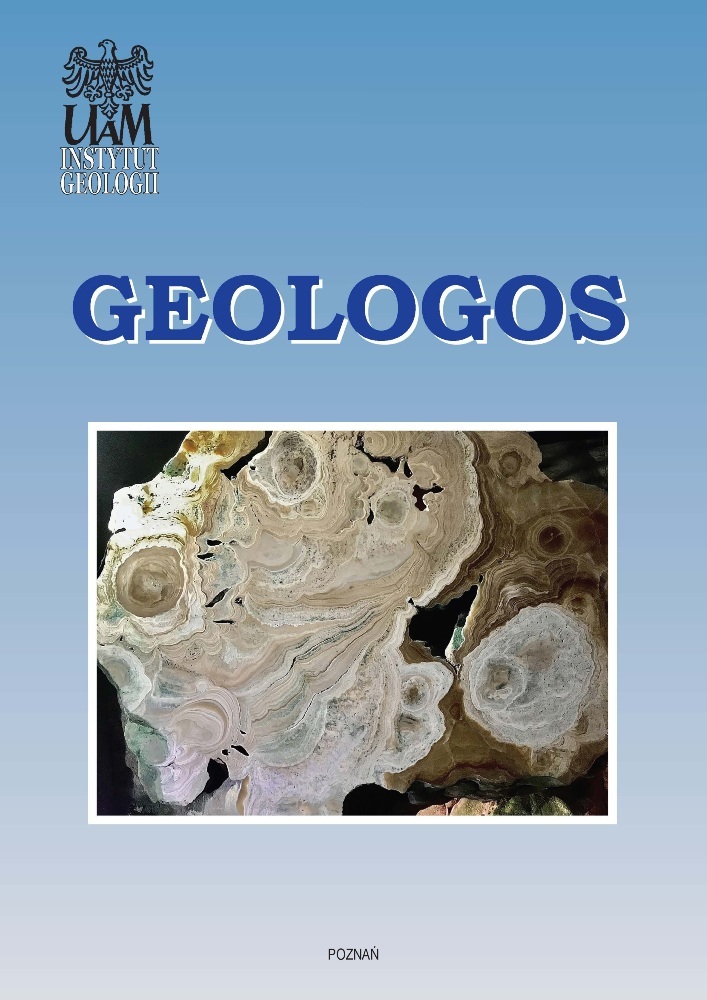Abstract
Participants of the 23rd University Olympic Games held in Izmir (Turkey) were hosted in a Universiade Olympic Village that had to be newly constructed. A risk analysis has been performed to assess potential engineering problems at the envisaged construction site. The risk analysis was largely based on a new, large-scale land-suitability map that was prepared in the GIS environment with much detail for this type of construction work. Information was collected from several maps, in combination with mapping in the field, drilling and seismic data. Geological, geotechnical, geophysical and morphological data were then superimposed on these analyses. This sequence of overlay analyses was performed with the help of GIS software (MapInfo Professional 7.5); this resulted in five hazard maps. Risk points (1–11) were then attributed to the different zones in the five digital hazard maps. A land-suitability map indicating the suitability for envisaged constructional activities was subsequently obtained in the form of an overlay of the five hazard maps, thus allowing to calculate a total risk for each zone on this map. The land-suitability map that was thus obtained, has been prepared for a 1:1,000 scale development plan; such a large scale is uncommon in this context.
References
Bowles, J. E., 1988. Foundation Analysis and Design (4th ed.). Civil Engineering Series. McGraw Hill, Singapore.
Collins, M. G., Steiner F. R. & Rushman, M. J., 2001. Land-use suitability analysis in the United States: historical development and promising technological achievements, Environmental Management 28, 611-621.
Heywood, I., Cornelius, S. & Carver, S., 2002. An introduction to Geographical Information Systems. Prentice Hall, Harlow.
IAEG-UNESCO, 1976. Engineering geological maps-a guidebook to their preparation. Prepared by the Commission on EG maps of the IAEG. The Unesco Press, Paris, 1-79.
Jimenez, M. J., Garcia-Fernandez, M., Zonno, G.& Cella, F., 2000. Mapping soil effect in Barcelona, Spain, through an integrated GIS environment. Soil Dynamics and Earthquake Engineering 19, 289-301.
Kıncal, C., 2005. Engineering geological evaluation of the geological units exposed in the Inner Bay Area (Izmir vicinity) using Geographical Information Systems (GIS) and remote sensing (RS) techniques. Ph.D. Thesis, Dokuz Eylul University (Izmir), Graduate School of Natural and Applied Sciences, 342 pp. (in Turkish).
Kıncal, C. & Koca, M. Y., 2009. A proposed method for drawing the great circle representing dip angle and strike changes. Environmental & Engineering Geoscience 15 (3), 145-165.
Koca, M. Y. & Kıncal, C., 2004. Abandoned stone quarries in and around the Izmir city centre and their geo-environmental impacts - Turkey. Engineering Geology 75, 49-67.
Kramer, S. L., 1996. Geotechnical earthquake engineering. Prentice Hall, Upper Saddle River, 653 pp.
MapInfo, 2006. MapInfo professional version 5.5 software guide.http://www.mapinfo.com
MacDougall, E. B., 1975. The accuracy of map overlays. Landscape Planning 2, 23-30.
McHarg, I. L., 1969. Design with nature. Doubleday, New York.
Steinitz, C., Parker, P., Jordan, L., 1976. Hand drawn overlays: their history and prospective uses. Landscape Architecture 9, 444-455.
License
This content is open access.
